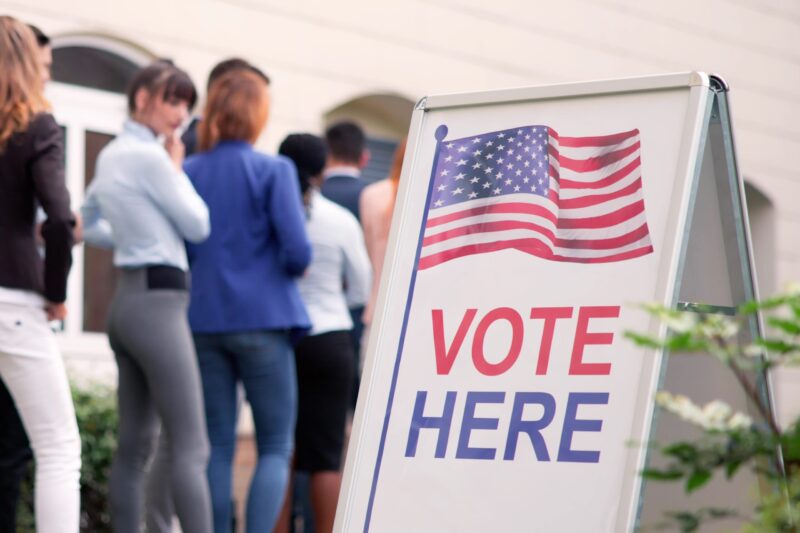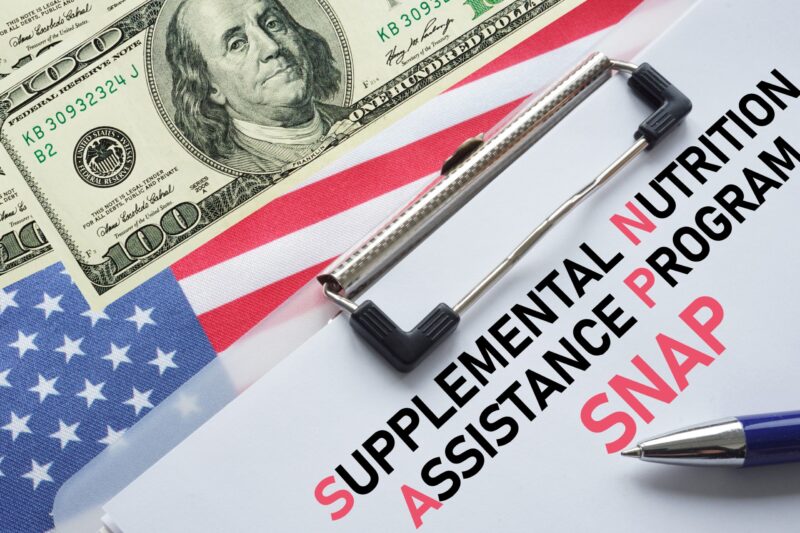The federal government’s partial shutdown has now run into a critical phase, and the effects are spreading into key assistance programs. As the shutdown drags on, the Supplemental Nutrition Assistance Program (SNAP) is under strain. The United States Department of Agriculture (USDA) told a federal judge that it will partially resume SNAP benefits for November, according to Fox Business.
Until this decision, recipients of SNAP — more than 40 million Americans — faced a sudden uncertainty about whether their food-aid would arrive. The government’s shutdown stems from a standoff over budget appropriations. This has left many federal programs functioning on limited or emergency funding.
Background of the Shutdown and Food-Aid Impact
The USDA announced that it will allocate $4.65 billion of its $5 billion contingency fund to keep SNAP running in November. That move covers only part of the expected cost, which USDA officials say is closer to $9 billion for full monthly coverage. (MORE NEWS: ACA Premiums Are Rising — But Not Because of Expiring Subsidies)
As a result, the benefit level will be reduced. Secretary of Agriculture Brooke Rollins said:
“We submitted to the courts our plan to get partial allotments to SNAP households. Both are STOPGAP measures that create unnecessary chaos in State systems and distribution of benefits.https://www.mlh9trk.com/cmp/2Z3GP8/2PKSM4/ It will take several weeks to execute partial payments. THIS MUST END. Senate Democrats need to quit the games, quit holding American families hostage to ridiculous demands like health care for illegals, and REOPEN THE GOVERNMENT. Once they do, FULL benefits can get to families without delay.”
.@POTUS is doing everything he can to help our most vulnerable mothers and babies while Radical Left Democrats continue to obstruct.
Today, full November WIC benefits will be disbursed to States.
Additionally, we submitted to the courts our plan to get partial allotments to…
— Secretary Brooke Rollins (@SecRollins) November 3, 2025
Rollins went on to say she expects the process to take weeks:
🚨This morning, @USDA sent SNAP guidance to States. My team stands by to offer immediate technical assistance.
This will be a cumbersome process, including revised eligibility systems, State notification procedures, and ultimately, delayed benefits for weeks, but we will help…
— Secretary Brooke Rollins (@SecRollins) November 4, 2025
Legal Pressure and Role of the Courts
Twenty-five Democratic state attorneys general and governors sued the USDA. They argued that ceasing SNAP benefits would be harmful to the public health and well-being of millions of Americans. Two federal judges ruled that the USDA must use its contingency fund to keep SNAP benefits paid beyond November 1.
In court filings, the Justice Department acknowledged the tight timeline and the burden posed by the shutdown in meeting the court’s order. “Defendants have worked diligently to comply … during a government shutdown,” the filing stated.
What This Means for SNAP Recipients
For the millions of people who rely on SNAP, this announcement brings some relief — but also new uncertainty. Many recipients may need to stretch existing food supplies longer than usual or reduce purchases as they wait for partial benefits to arrive.
Moreover, because the contingency funds are being used now, there will be no remaining cushion for new applicants in November, for disaster assistance. There also won’t be a buffer against a full shutdown of SNAP. That means those who apply later in November or enter the program for the first time may face gaps or be excluded until full funding returns.
States administering SNAP may face added administrative burdens. They must adjust allotments, handle delayed payments, and manage communication with beneficiaries about reduced benefits. This creates further risk of confusion, missed payments, or mis-processing.
Broader Implications and Risks
This scenario illustrates how federal shutdowns ripple out into social-safety-net programs. A funding gap does not just halt new enrollment; it cuts into lifelines for low-income families. The partial-resumption plan reflects triage — the government is choosing which obligations to meet partially while skipping or limiting others.
Because the full funding shortfall of $9 billion is larger than the contingency plan, the USDA’s move is a short-term solution. If the shutdown continues, SNAP and other programs may face deeper cuts or longer delays. The mention that no funds remain for new applicants or disaster-related aid heightens the risk of erosion in the program’s reach. (RELATED NEWS: Trump Ally Donates $130M to Cover Military Pay Amid Shutdown)
What to Watch Next
Going forward, there are several key developments to monitor. How states handle the adjustment of benefit amounts:
- Are households correctly receiving about 50% of the usual allotment?
- Are there delays or administrative errors?
- What happens with new applicants in November: will they be excluded or delayed indefinitely?
Additionally, one should look at how other federal programs respond. SNAP is a visible case, but other aid programs may face similar bottlenecks, meaning this could be part of a broader pattern of stress on the system.
Final Word
In short, while the USDA’s partial resumption of SNAP benefits offers a vital buffer for millions of Americans facing food uncertainty, it does not address the deeper issue — the political tug-of-war that often turns struggling families into pawns. Democrats are using the situation to score political points rather than solve the problem. Whether this strategy will backfire in 2026 remains to be seen.
At the same time, the situation highlights the fragility of social safety-net funding during government gridlock. With only half of eligible households receiving their full benefit this month and new applicants excluded, the program continues to operate in crisis mode.
The system also needs stronger accountability. Recipients should regularly requalify for benefits and demonstrate that they are either working or actively seeking employment. Assistance is meant to provide temporary relief — not become a permanent lifestyle.
As the shutdown continues, the risk grows that benefit gaps will widen, assistance will weaken, and vulnerable populations will feel the impact even more deeply. It remains essential to watch how states manage the rollout and whether full funding — and lasting reform — can be achieved soon.
Cut through the noise. Drown out the spin. Deliver the truth.
At The Modern Memo, we’re not here to soften the blow — we’re here to land it. The media plays defense for the powerful. We don’t.
If you’re done with censorship, half-truths, and gaslighting headlines, pass this on. Expose the stories they bury.
This isn’t just news — it’s a fight for reality. And it doesn’t work without you.



